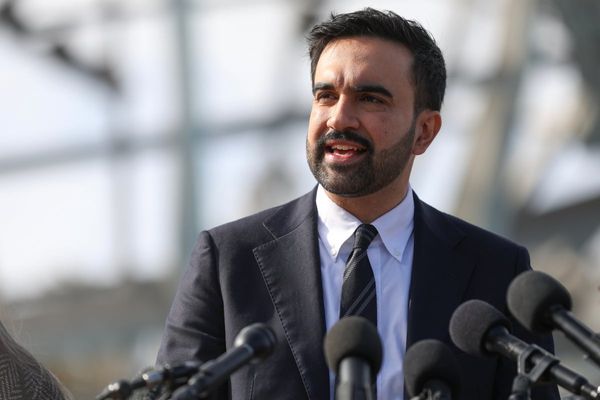

Australia’s health-practitioner watchdog is cracking down on what it describes as poor prescribing practice of medicinal cannabis, amid concerns of patient harm, and businesses using “aggressive and sometimes misleading” advertising.
The Australian Health Practitioner Regulation Agency (AHPRA) has released guidance for doctors prescribing medicinal cannabis products, noting current data has raised “red flags”. This includes eight practitioners who’ve issued over 10,000 scripts in a six-month window, as well as other consultations lasting less than a few minutes, raising questions about a proper assessment.
So, what exactly is changing? Here’s what we know.
‘Putting profits over patient welfare’
According to the AHPRA and national boards, reports of medicinal cannabis-induced psychosis in emergency departments — combined with evidence of over-servicing and ethical grey areas around single-purpose dispensaries — have driven the need to clarify expectations.
“We don’t prescribe opioids to every patient who asks for them, and medicinal cannabis is no different. Patient demand is no indicator of clinical need,” said Medical Board of Australia chair, Dr Susan O’Dwyer in a statement on Wednesday.

AHPRA chief Justin Untersteiner highlighted the inherent conflict of interest for any practitioners who work for an organisation that only prescribes and dispenses a single medicine.
“Some business models that have emerged in this area rely on prescribing a single product or class of drug and use online questionnaires that coach patients to say ‘the right thing’ to justify prescribing medicinal cannabis,” said Untersteiner.
“This raises the very real concern that some practitioners may be putting profits over patient welfare.
“We will investigate practitioners with high rates of prescribing any scheduled medicine, including medicinal cannabis, even if we have not received a complaint.”
Other concerning cases of poor practice, according to the AHPRA, include failures to fully assess a patient’s mental health or history of substance abuse; not checking patient identities, including prescribing people under the age of 18; self-prescribing or prescribing for family members; and prescribing excessive quantities of medicinal cannabis in each prescription.
As reported by the ABC, the AHPRA has now taken action against 57 medical practitioners, pharmacists and nurses over medicinal cannabis prescribing practices. Some 60 others are currently being investigated.
“And for those that choose not to meet our requirements, we will be knocking on their door in the near future,” Untersteiner told the publication.

So, what’s changing with medicinal cannabis prescription?
In Australia, GPs and qualified nurse practitioners are able to prescribe medicinal cannabis, with guidelines mandating there must be a therapeutic need for the prescription, and that medicinal cannabis not be prescribed as a first-line treatment.
Patients’ medical history will need to be assessed, and an exit strategy put in place from the get-go.
The guidelines require prescribers maintain medical records, with the AHPRA noting evidence of “inadequate documentation and the use of pre-filled medical record templates”.
Most medicinal cannabis products prescribed in Australia are prescribed off-label as “unapproved” meds, meaning they have not been assessed by the TGA for safety, quality, performance or effectiveness. The TGA has approved only two cannabis products to treat specific conditions.
AHPRA and the Medical and Nursing and Midwifery Boards said they were working with other regulators like the TGA to curb poor prescription practice leading to significant patient harm.
Patients and doctors are encouraged to report unsafe practices by calling the AHPRA hotline on 1300 361 041.
The post What Gen Z Needs To Know About Crackdowns On Medical Cannabis Prescriptions appeared first on PEDESTRIAN.TV .







